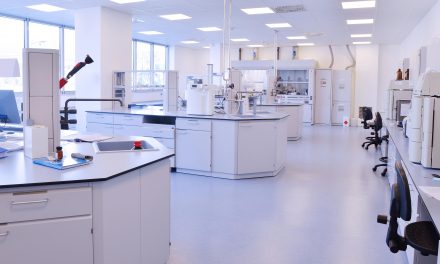Production of recombinant protein drugs starts out with the selection of a cell line. This decision is crucial to avoid increased costs down the line. Once a suitable cell line has been established, further development and optimization of the production process can be considered. The varied modes of cultivation and of holding media available, including common in-situ fixed bioreactors and single-use systems, lead to more decision points and optimization strategies. Testing the scalability of a chosen process prior to production is a fundamental step for an efficient and cost-effective transition to clinical material lproduction from development. Looking at the relationship of all of these factors very early in the process allows for a significant reduction in complications downstream.
The selection of expression technology should be considered the most important decision in the development of any product. An uninformed selection based only on commercial requirements, can have dire consequences on the efficacy of the target recombinants down the line. Bacterial systems are considered ideal because of their low cost, high productivity and ease of use compared with mammalian systems. The lower risk of contamination due to viruses and other agents which can be present in, for instance, mammalian systems, is a regulatory and safety benefit. However, bacterial production cannot yield an effective product because of the requirement for post-translational modifications such as glycosylation, which can only be achieved with eukaryotic systems.
Other systems, such as yeast and insect cell production bring a combination of some of the benefits of microbial production with the capability for limited post-translational modifications. However, some of the best production systems, such as Pichia pastoris, are under protection and require licensing for their use. Of the hundreds of biopharmaceuticals in development, it is estimated that 50% are being developed using mammalian systems. The main observed advantage is the achievement of a recombinant protein that is ‘human-like’ in nature. The problem is that the possible production costs and hurdles are much greater than those encountered when using microbial systems.
Click to join our “Lean Laboratory and Biomanufacturing” LinkedIn Group.




